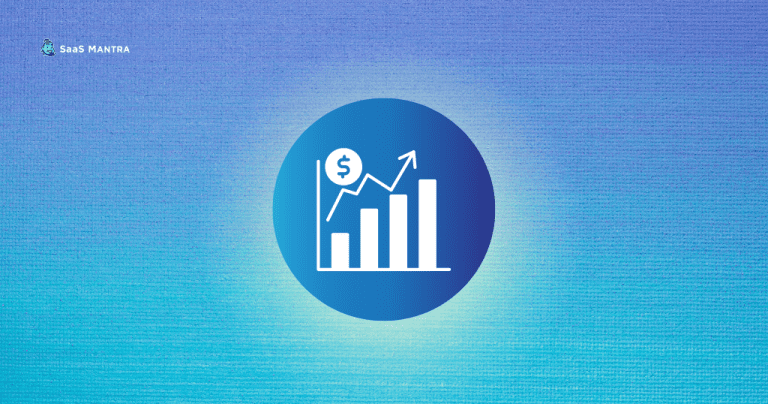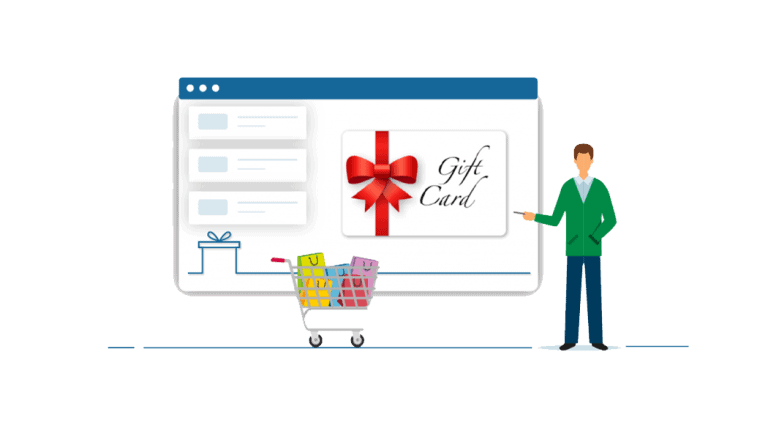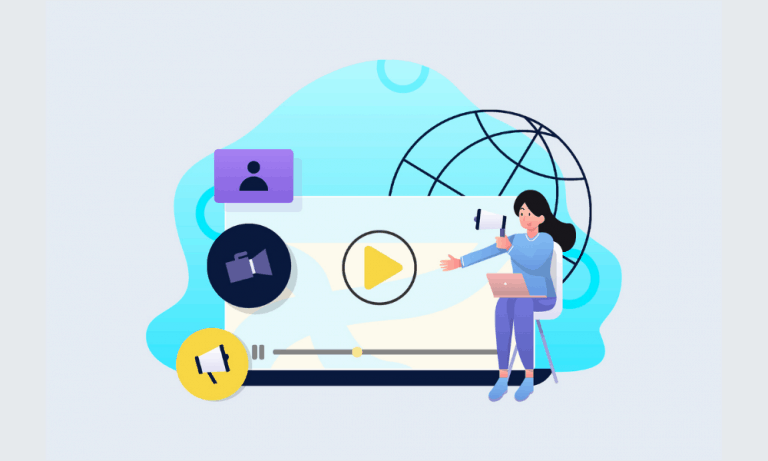5 Steps to Build an Email Marketing Funnel (A Complete Guide)
What is an Email Marketing Funnel?
Email marketing funnels are a powerful tool for growing your email subscribers. They allow you to segment your audience into multiple groups, giving you insight into who they are and why they subscribe.
Once you have identified these groups, you can send them targeted messages to increase conversions.
Why do you need an Email Marketing Funnel?
A well-organized sales funnel that leads potential clients from one stage to another until they become loyal customers. You need to create content and tactics to help your leads move from stage to stage in the sales funnel.
The five major stages a subscriber moves through are:
The sales funnel is a model that helps businesses identify their ideal customers and reach them through multiple touch points.
This model has five stages: Awareness (top), Consideration (middle), Purchase (bottom), Loyalty, and Advocacy. Each stage represents a specific amount of time spent acquiring new leads.

1. The Top Of The Funnel (TOFU)- awareness & discovery
TOFU stands for Total Opportunity, Right Time, Perfect
Top of the funnel refers to marketing activities at the beginning stages of sales or customer acquisition. This is where the majority of new customers come from.
If you want to get more customers at this point, then you need to attract new leads. All leads are equal. However, some leads are more equal to others.
Hence, a lead magnet is something that you offer to potential clients or customers in exchange for their contact information.
Inbound Marketing strategies for TOFU
It consists of all marketing activities aimed at connecting your target audience with useful and relevant content that they would be interested in. It includes blog posts, landing pages, or social media.
Outbound Marketing strategies for TOFU
Aimed at connecting your target audience through direct communication initiated by a brand or business. It consists of more traditional marketing channels such as Ads, Pop-ups, Cold emails, etc.
2. The Middle of the Funnel (MOFU)- interest & consideration
“Middle of the funnel” marketing refers to the point between awareness and purchase. This is the stage where companies start targeting potential buyers directly.
In other words, it’s the moment when companies need to capture attention and convert leads into paying clients.
Also, check out more about lead-nurturing tactics to increase marketing.
Strategies you can implement during the second stage:
Case studies, ebooks, FAQs section, Whitepapers/guides, Webinars, Podcasts, Email, SMS, or Web push notifications.
3. The Bottom Of The Funnel (BOFU)- decision & purchase
As your leads approach conversion, they should be close to becoming paying customers. You have attracted them to your site and turned them into subscribers.
Now, you need to nurture them into potential customers! Now, you need a way to seal the deal. These are people who abandoned their e-Commerce carts or didn’t fill out opt-in forms.
You can re-target these leads with an email encouraging them to return to where they left off. You can also add time-sensitive emails to your email marketing campaign. This will encourage any potential buyers who are close to making a purchase from you to finally buy from you.
Strategies:
Focus on: Comparisons between you and your competitors; demos and free trials; testimonials; websites’ pricing stages; or nurturing emails.
Additional stages
4. Loyalty
Always remember that the more loyal your clients are, the better return you’ll get on your email marketing campaigns. To make the experience of your customers better, send out emails with more personalized content and added value.
🔹 Send follow-up emails with workshops or tips on getting the most value out of the product.
5. Advocacy
Your customer is your best marketer. As soon as your customer advocates for you, your brand will boom. However, a customer might not start doing it by themselves. You might have to nudge them a bit. Ask for recommendations, customer reviews, and other feedback from others.
You can promote advocacy from your customers by doing these things ⬇
- Tracking customers who buy repeatedly.
- Sending out-of-the-blue messages or perks.
- Offering additional purchasing incentives.
- Rewarding customer reviews.
- Publishing a free newsletter.
Wrapping Up:
To create an effective email sales funnel, all that’s needed is patience and determination. It doesn’t have to be complex.
Just remember 🔽
- To build high-quality leads, use opt-in forms, lead generation pages, or quality marketing campaigns.
- Follow the Value, Authority, Call-to-Action formula.
- Always put the subscriber first with every email you send.
- To send the best emails at the right time.
- Engage with your customers.
FAQs
#1: What opportunities do you foresee for email marketing?
Email marketing is a simple form of direct marketing that allows companies to communicate with their current and prospective customers via email messages.
Today, businesses are using email marketing to build relationships with customers, increase brand awareness, generate leads, and promote sales.
There are several ways to leverage email marketing, such as sending newsletters, promoting special offers via email, etc.
#2: What are the basic things to follow when building your email marketing funnel?
If you want to build your email marketing funnel then you should start by creating content that your audience wants to read.
You can do this by researching what people are searching for online or watching videos about topics related to your business. Then create content based on what you find. Once you’ve created content that interests your target market, promote that content through social media channels.
#3: What is the difference between marketing and sales funnel?
Marketing and sales functions have their own goals, which they need to achieve. Marketing is responsible for creating and managing a brand; generating awareness; and driving sales-qualified prospects, whereas sales is focused on increasing product or service sales, both initially and repeatedly.
By using one tool to inform the other, teams can stay in sync and create a better customer experience.


